The Meat Substitute Product Market is currently characterized by a dynamic competitive landscape, driven by increasing consumer demand for plant-based alternatives and heightened awareness of sustainability issues. Key players such as Beyond Meat (US), Impossible Foods (US), and Quorn Foods (GB) are at the forefront, each adopting distinct strategies to enhance their market presence. Beyond Meat (US) focuses on innovation, particularly in product development, aiming to replicate the taste and texture of meat more closely. Meanwhile, Impossible Foods (US) emphasizes partnerships with major food service providers to expand its reach, while Quorn Foods (GB) leverages its established brand reputation to introduce new product lines that cater to health-conscious consumers. Collectively, these strategies contribute to a competitive environment that is increasingly centered around innovation and consumer engagement.
In terms of business tactics, companies are localizing manufacturing to reduce supply chain vulnerabilities and optimize distribution channels. The market structure appears moderately fragmented, with several players vying for market share, yet dominated by a few key brands that significantly influence consumer preferences and trends. This fragmentation allows for niche players to emerge, but the collective influence of major companies shapes the overall market dynamics.
In August 2025, Beyond Meat (US) announced a partnership with a leading fast-food chain to introduce a new line of plant-based burgers, aiming to capture a larger share of the quick-service restaurant market. This strategic move is likely to enhance brand visibility and accessibility, positioning Beyond Meat as a go-to option for consumers seeking convenient plant-based meals. The collaboration underscores the importance of strategic partnerships in expanding market reach and driving sales growth.
In September 2025, Impossible Foods (US) launched a new product line featuring plant-based sausages, targeting the breakfast segment. This initiative reflects the company's commitment to diversifying its product offerings and catering to evolving consumer preferences. By tapping into the breakfast market, Impossible Foods may strengthen its competitive position and attract a broader customer base, further solidifying its role as a leader in the meat substitute sector.
In July 2025, Quorn Foods (GB) expanded its operations into the Asian market, launching a range of products tailored to local tastes. This strategic expansion not only diversifies Quorn's market presence but also aligns with the growing demand for meat alternatives in Asia. By localizing its product offerings, Quorn is likely to enhance its appeal among consumers in this region, thereby fostering brand loyalty and increasing market penetration.
As of October 2025, the Meat Substitute Product Market is witnessing trends that emphasize digitalization, sustainability, and the integration of artificial intelligence in product development and marketing strategies. Strategic alliances are increasingly shaping the competitive landscape, enabling companies to leverage shared resources and expertise. Looking ahead, competitive differentiation is expected to evolve, with a notable shift from price-based competition to a focus on innovation, technology, and supply chain reliability. This transition may redefine how companies position themselves in the market, ultimately enhancing their resilience and adaptability in a rapidly changing environment.


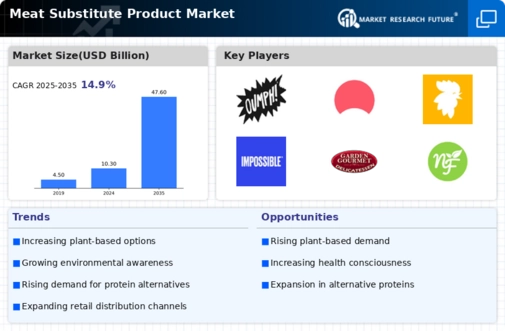
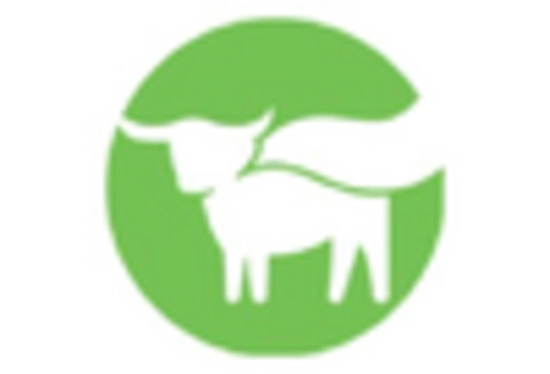
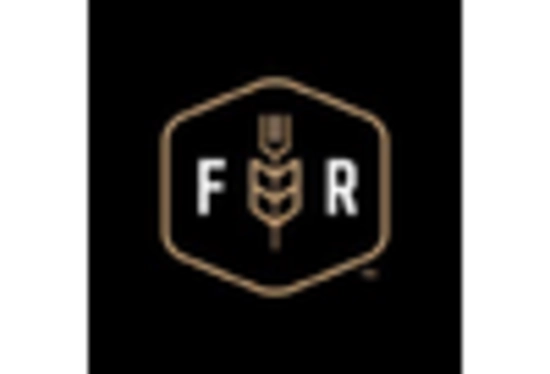

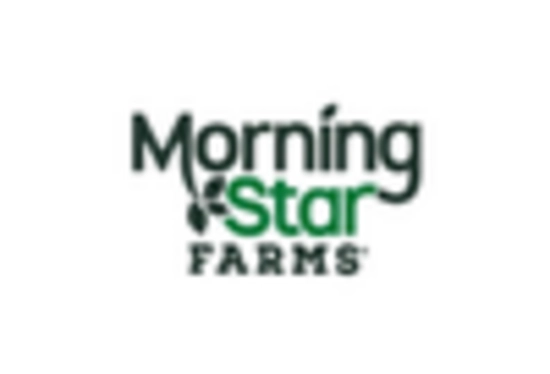

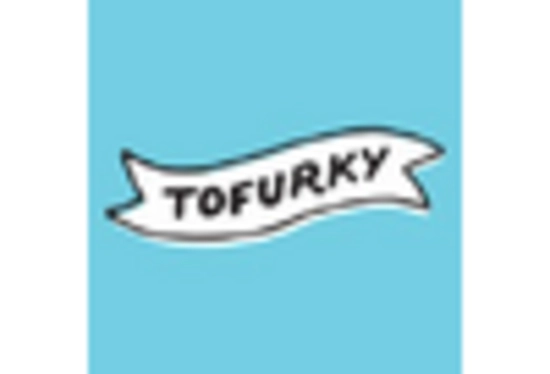








Leave a Comment